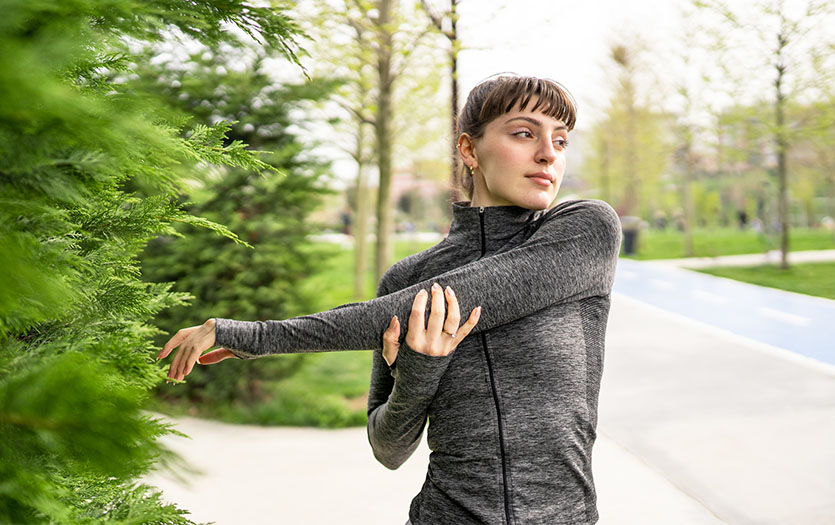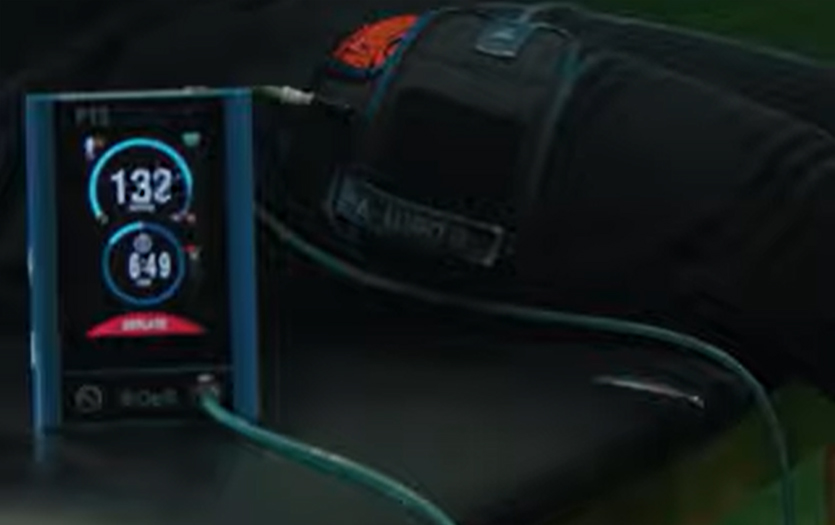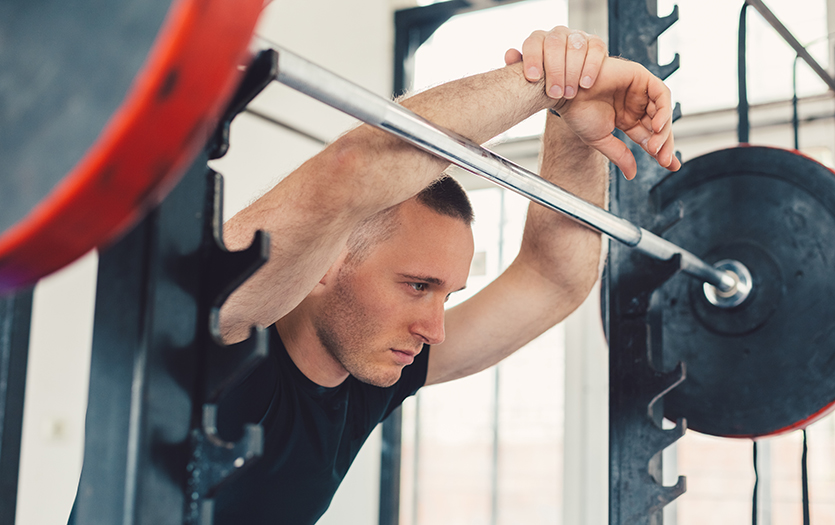
This post was written by Emily Keltner, MA, program coordinator, Cardiac Rehab, Parkview Heart Institute.
This new COVID19 era has created many challenges, especially for patients who have recently experienced a cardiac event. When it comes to getting the rehab therapy necessary at this time, you may feel at a loss, as most local cardiac rehabilitation facilities are closed for the foreseeable future. You may be wondering how you are going to safely exercise. But with a little creativity, you can find a variety of ways to get that doctor-recommended movement in. Don’t worry, we are here to help get you through.
Circuit training
One of my favorite options for exercising at home is circuit training. You don’t have to be an athlete to benefit from this type of workout. You can have variety in your exercise routine, have family help or even join you, and you can usually find enough to work with at home without needing any specialized equipment. A fitness ball (around $20-$30) and hand-held weights will go a long way at giving you some variety. Resistance bands are also great and usually come with examples on how to use them. You can find these online or at any local superstore or sporting goods store. You may even have some from physical therapy if you ever had to rehab using their services.
Circuit training also allows you to customize your routine to any fitness level, which is perfect for those trying to get back into exercising after a cardiac event. When developing a circuit training program, I like to find 10 exercises that I either do 10 times or for one minute each. I then do those same 10 exercises two more times, so three circuits total. I also like to alternate a cardiovascular exercise with a strength exercise. If you are not feeling too creative, you can do the same cardiovascular exercises in between five strength exercises.
Use what you have at home
Most everyone has at least one step in their home. You can use that to step up and down, do one leg for one strength exercise then switch to the other leg for another one. Follow that with one minute of jumping jacks. If that is too strenuous, just move your arms. You can march in place for one minute, turn on some music and dance like no one is watching, or, stand up and sit down on a chair 10 times and when that is too easy, instead of sitting then moving to a stand, you can sit to a jump.
The fitness ball is great for abdominal crunches and back exercises. I also like to use it to sit on while I am using dumbbell weights for arm (bicep) curls or arm extensions (triceps). If you don’t have dumbbells, try using a gallon jug filled with sand or water, cans of food or reusable bags filled with heavier items around the house. Use 1-3 pounds for a beginner, 4-7 pounds intermediate and 8-10 pounds for advanced. Just get creative and get moving!
If all else fails, just walk. Bradley Hardin, MD, PPG – Cardiology, an electrophysiologist at Parkview Heart Institute, recommends this and reminds us that walking is one of the safest, easiest forms of exercise. Make sure you have proper footwear, pay attention to where you are walking and walk so you can carry on a brief conversation with a walking buddy (who is, of course, six feet away).
If you still are not sure what exercises to do, you can check out some apps or websites for inspiration. One app I recommend is called Home Workout-No Equipment & Meal Planner by Simple Design Ltd. It gives you great exercise ideas and even has some workout plans you can use organized by what part of your body that you want to work out.
Track your heart rate
One more important aspect you need to consider is your intensity level. It is recommended to exercise at 60-85% of your heart rate maximum. The best way to determine that is to subtract your age from 220. For a 50-year-old, that equals 170. Now take that number and multiply it by 0.60 and 0.85. That gives you a heart rate range of 102-144. You can take your pulse by placing your index finger and middle finger on your opposing wrist, just below your thumb. Count for one minute and you will have your heart rate. For our 50-year-old, it would be 10-14 beats in six seconds or 17-24 beats in 10 seconds. Although it isn’t required, you can find many heart rate monitors available at the stores mentioned above.
Talk to your provider
Before you start any exercise program, make sure you talk to your physician or nurse practitioner to ensure it is safe for you to do. You can do that by phone or even virtually now with an E-visit offered through MyChart. Your provider may have recommendations on any restrictions. For example, some arm movements may need to be limited after bypass surgery or defibrillator implant.
If you would like additional information, including handouts with further exercise recommendations, please contact me at Emily.Keltner@parkview.com or leave a message at our Parkview Regional Medical Center Cardiac Rehab location by calling 260-266-2290. One of our Cardiac Rehab Exercise Specialists will get back with you. Just remember, you are not alone, and we are all going to get through this together.



